by Art Jahnke
Wheelock College and Boston University officially merged on June 1, 2018, but the spirits of the two schools have been intertwined ever since Lucy Wheelock met Alice Stone Blackwell 150 years ago. The two students, who became friends at Copley Square’s Chauncy Hall, one of the first schools at the time to admit girls, shared a partiality for progressive ideas. Blackwell was the daughter of founders of the American Woman Suffrage Association (and the niece of America’s first female physician), and Wheelock was a close friend of noted transcendentalist Elizabeth Peabody, who taught, with Margaret Fuller, a journalist, feminist, and another transcendentalist, at Bronson Alcott’s famous Temple School.
So it’s unsurprising that when Wheelock founded Miss Wheelock’s Training School—where kindergarten teachers learned how to teach—in 1888, she married some of the most progressive practices of educators in the United States with the radical ideas of the German founder of the kindergarten movement. At roughly the same time, BU, whose departments were housed in buildings all over Boston, became the first institution in America to combine the concept of a New England undergraduate college with the more diverse offerings of a German graduate university. Other progressive ideals followed, such as BU’s willingness to admit applicants regardless of religion, race, or gender. So did progressive students, and among them was Alice Blackwell (CAS1881, Hon.’45).
For decades, the two Boston schools followed similarly peripatetic paths, moving from building to building in different parts of the city, with Wheelock settling in on the Riverway in 1914. The same year, BU appointed a professor named Arthur Wilde to teach education at the College of Liberal Arts, where, administrators estimated, fully 70 percent of students intended to become secondary school teachers. Wilde looked at that number and persuaded those administrators that BU needed its own school of education. The BU School of Education opened in 1918, and its reputation flourished, aided in the 1920s by a joint program with Harvard that offered bachelor’s and master’s degrees from either school. In the 1930s, as course offerings at both schools expanded, Boston University found a new home along the Charles River, just blocks from Wheelock, which officially became Wheelock College in 1941.
Through it all, both schools remained true to their progressive missions. “Wheelock College and BU’s School of Education share a legacy,” says David Chard, interim dean of Boston University Wheelock College of Education & Human Development, which was born of the merger of the two schools. “And it continues. In more recent decades, they have both developed programs in the helping professions of teacher preparation, early childhood development, and literacy and numeracy development.”
Catherine O’Connor, who served as SED dean ad interim for the 2017–2018 academic year, believes that over the years, the two schools have grown more similar. “Wheelock grew from its foundational focus on early childhood education to become an institution that trains professionals who support children and families in roles well outside the school system,” she says. “There’s a parallel there with how SED evolved from a fairly traditional teacher prep school into a place that prepares professionals to make a positive impact across a range of educational and social settings.”
“Wheelock College and BU’s School of Education share a legacy, and it continues.”
At SED, community involvement started in 1920, when the school worked with the Boston Board of Superintendents to create a master’s program that trained college grads to teach in Boston schools. More than a dozen other programs followed, including a historic 1989 agreement with Chelsea, Mass., to revitalize its struggling public schools. During that 20-year partnership, test scores improved and the percentage of high school seniors who planned to pursue a college education rose from 53 percent in 1989 to 81 percent in 2007. While the partnership officially ended in 2008, SED remains involved in the Chelsea schools.
Wheelock too has had many partnerships with Boston public schools, from Jumpstart, which pairs students with preschoolers, to Science Learning Teams, which brings Wheelock faculty to public schools to develop plans to improve science teaching and learning. More than 85 percent of Wheelock undergraduates engage in community partnerships with local schools, hospitals, and social service agencies.
“Lucy Wheelock’s commitment to serving communities of immigrant families created a spirit of service and social justice that Wheelock College never moved away from,” O’Connor says. “There’s a harmony between that spirit and the work SED students and faculty have been conducting for years—beyond our involvement in Boston’s school desegregation efforts, our students were forming politically progressive groups in the 1940s, tutoring in East Boston and leading inclusion efforts for students with special needs in the ’70s, and taking classes that educated them to better understand racial prejudice as early as the 1920s.”
Chard agrees. “There is a shared interest in identifying and helping to improve the way our policies and practices disproportionately disadvantage poor students and students of color,” he says. “In this sense, the mission of Wheelock College, though perhaps evolved in the way it is stated, remains as important today as it did in 1888.”
Lucy Wheelock died in 1946, but she lived long enough to see her old friend Alice Stone Blackwell awarded an honorary doctorate from BU in 1945. In her commentary to the BU community, Blackwell noted that in her opinion, Lucy Wheelock deserved a doctorate as much as she did.
Learn more about the merger.

































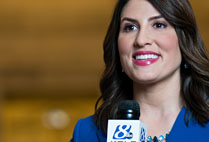

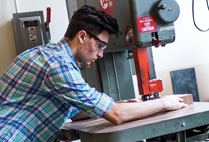
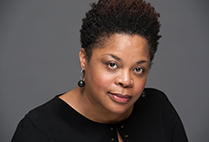









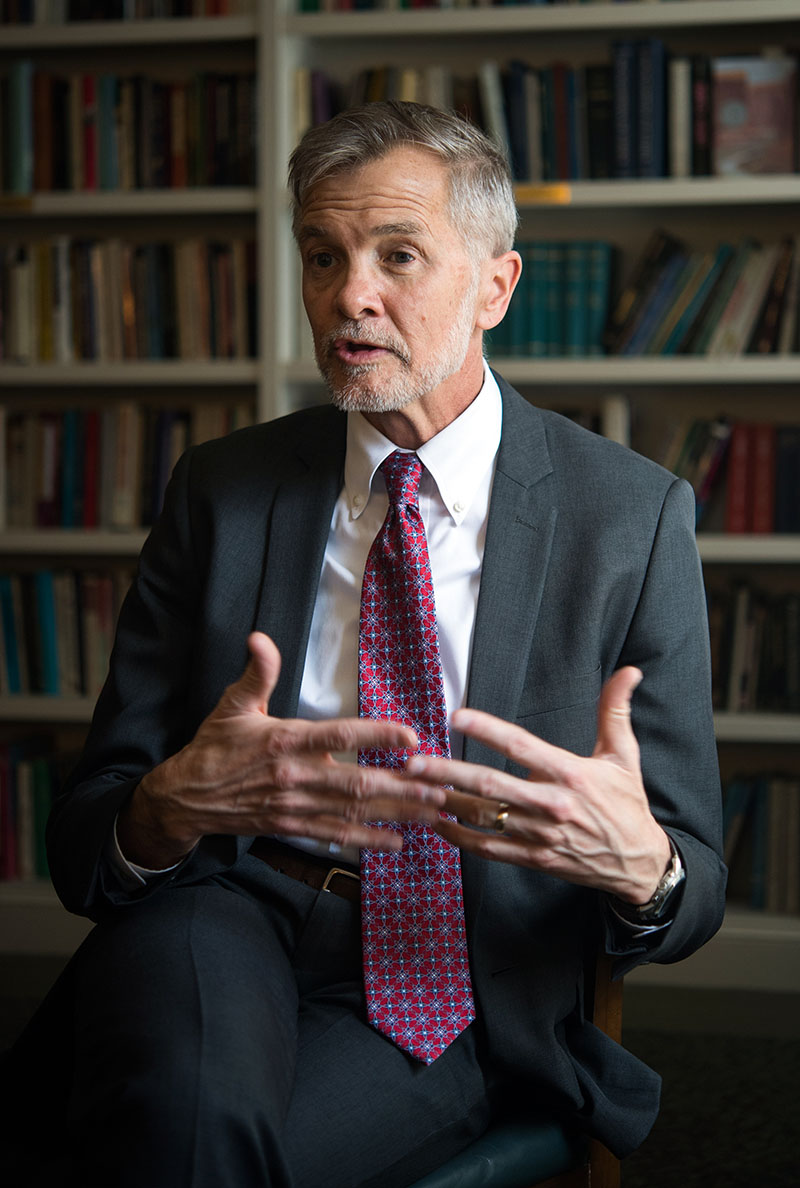


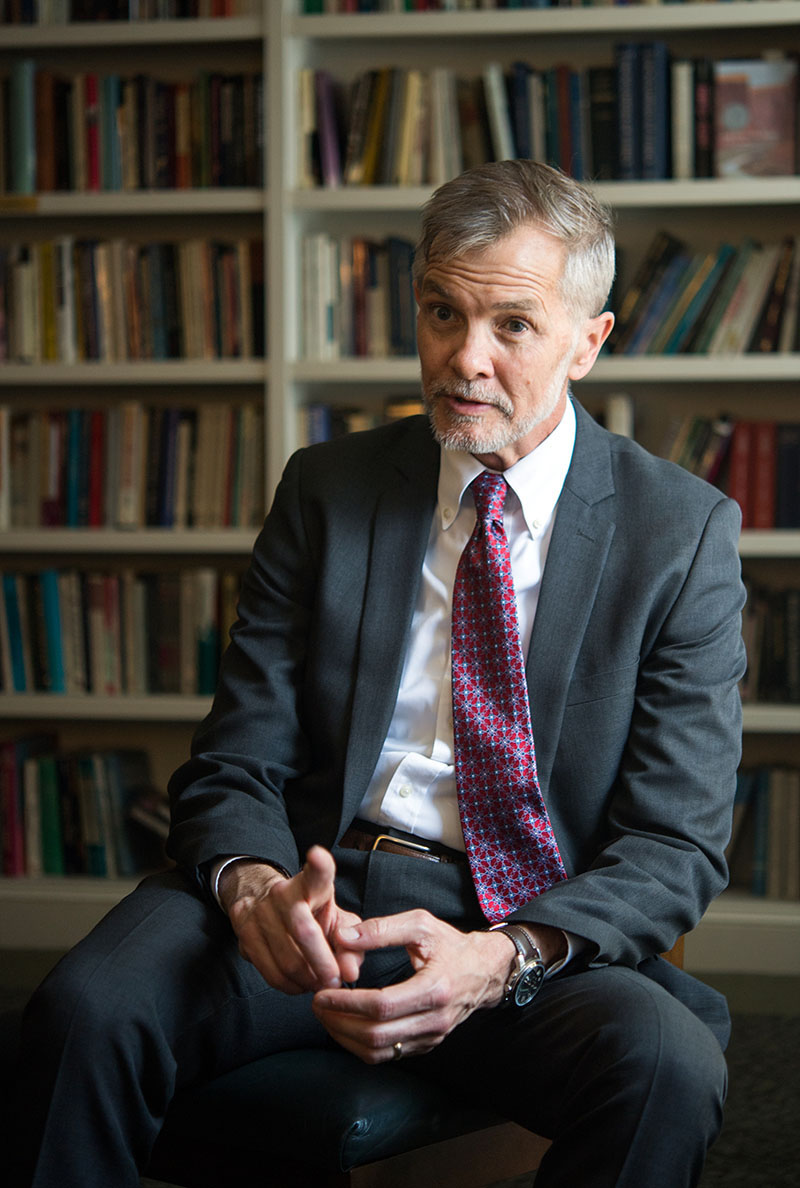

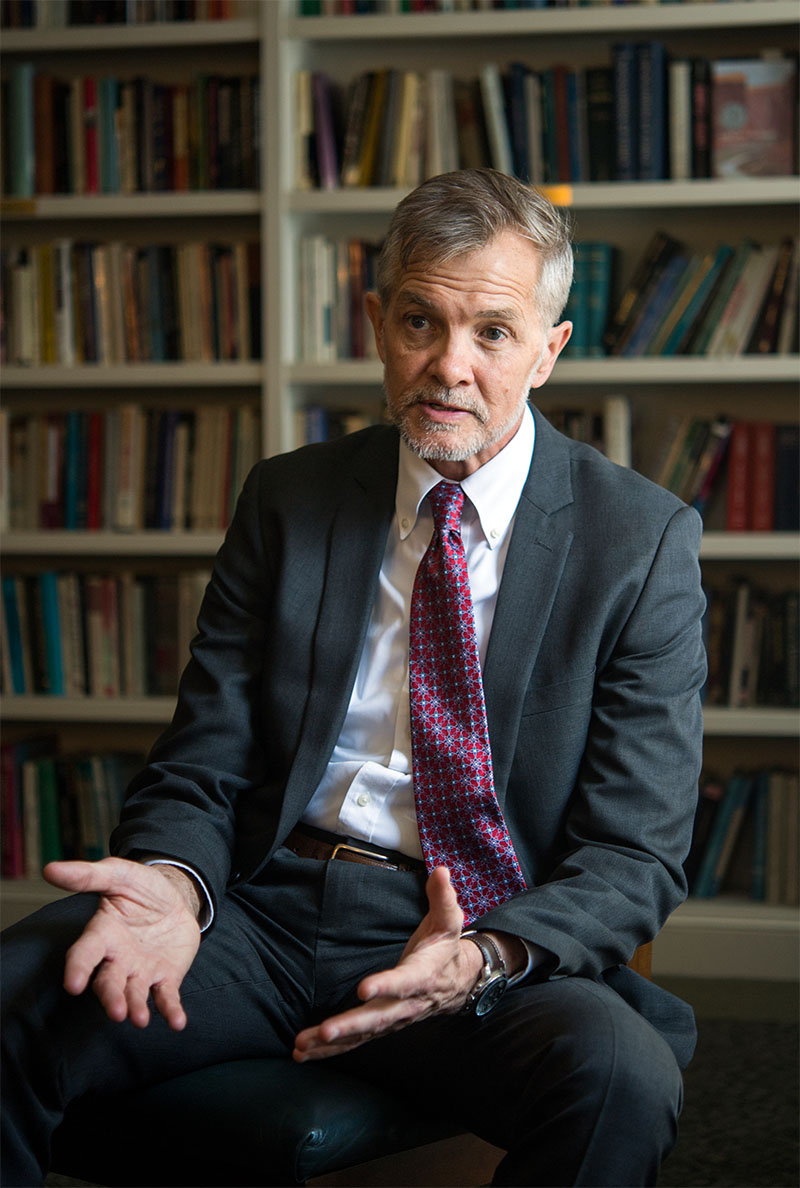
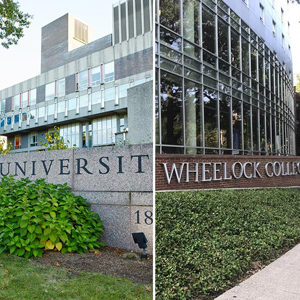
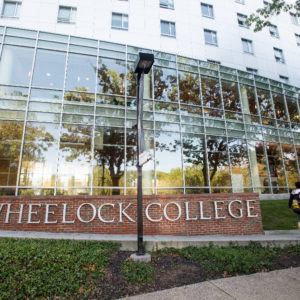
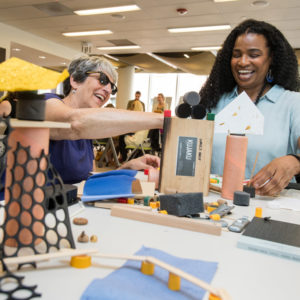
would love to see some success stories of BU/Wheelock work in Boston schools